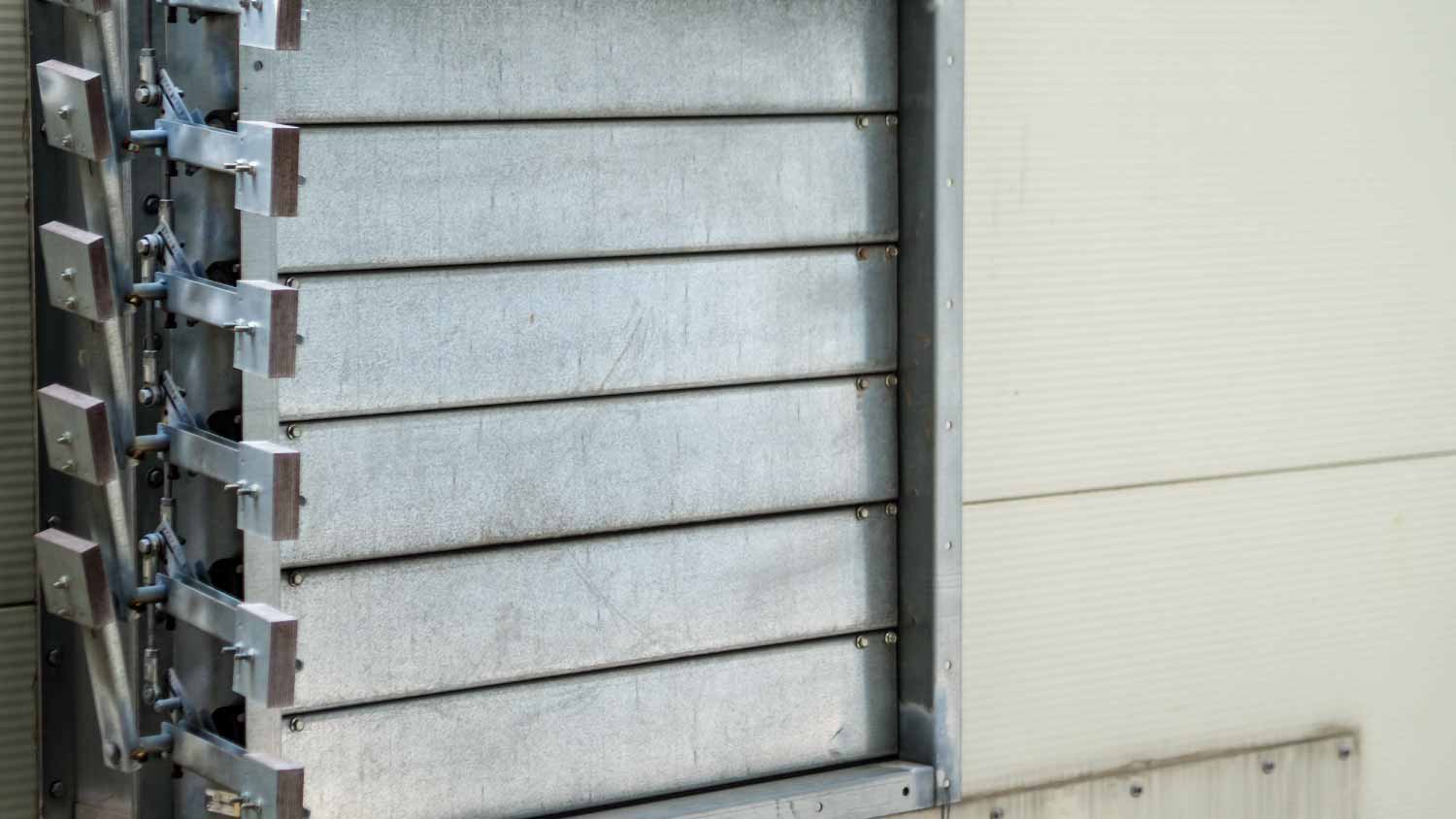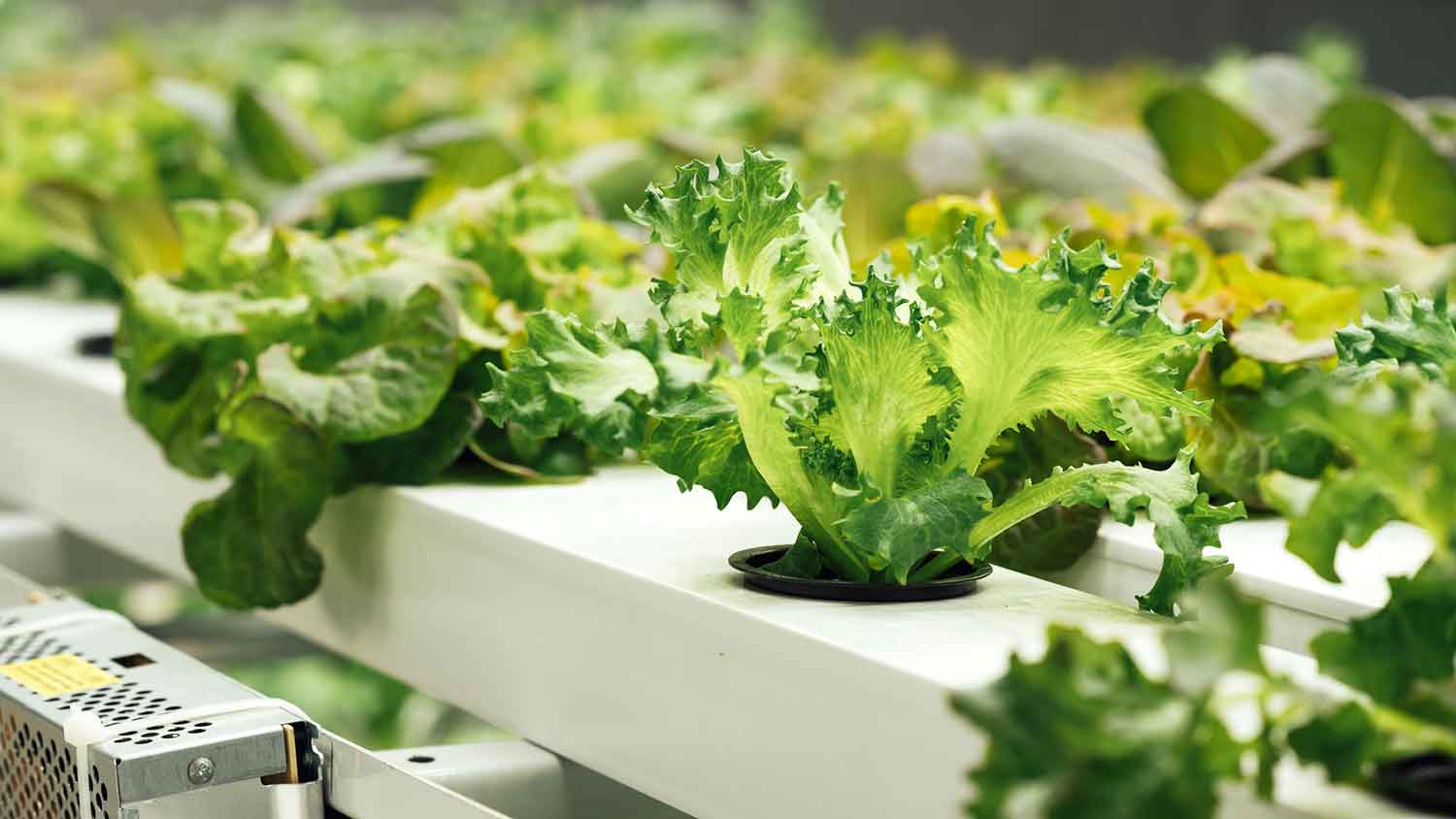
What you’ll pay in Columbus, OH, for furnace repairs depends on many factors. Here’s a breakdown of what can go wrong and the cost to fix those issues.
Dampers are a key component to your HVAC system


Dampers increase the efficiency of HVAC systems.
HVAC dampers control the volume, speed, and direction of airflow.
It’s best to hire a HVAC professional to replace outdated dampers.
It’s no secret that HVAC systems have many working parts that allow them to operate efficiently. Most people don’t think about the components of this complex system until one stops working. However, knowing the type of damper in your HVAC systems can help you repair or replace broken parts faster.
Dampers are a vital part of the HVAC system and help control the airflow to specific parts of a home or building. They are movable plate-like components located at the main trunk line and supply ducts. Let’s dive into the various types of dampers in HVACs so you can identify which type is in your system.

Louver dampers in HVAC systems consist of a series of horizontal blades that you can adjust to control the airflow’s amount, speed, and direction. This type of damper is one of the most common dampers used in homes because they prevent backdrafts and increase energy efficiency.
These dampers can isolate different zones or sections of the system when necessary. For example, if the system requires maintenance or an emergency repair is needed.
| Pros | Cons |
|---|---|
| Customized to fit various size systems | Potential air leaks if installed improperly |
| Fairly inexpensive to replace | Prone to wear and tear and can affect performance |
| Reduce energy consumption and costs | Potentially noisy |
Best for: Controlling volume and direction of air
Blade dampers have thin metal plates inside a metal frame. These blades can have parallel or opposing configurations. The opposing blades move in opposite directions to open and close, whereas parallel blades move in the same direction.
Opposing blades have more control over directional airflow than their parallel counterparts. However, both types are very durable and optimal for restricting airflow when needed. These types of dampers in HVAC systems are commonly used in industrial and commercial buildings.
| Pros | Cons |
|---|---|
| Easy to install | Parallel dampers may have less control over directional airflow |
| Great airflow control | Consistent opening and closing can cause loosening or wear and tear |
| Cost-effective | May require regular maintenance |
Best for: Maintaining and directional airflow
Butterfly flat dish dampers have a round blade that pivots on a central hinge that allows it to open and close shut. If you’re looking for your damper, you can spot this frame because it’s made of galvanized steel or aluminum.
When open, butterfly flat dish dampers allow air to flow in one direction, making them optimal for preventing backdrafts. These dampers can tolerate high pressure, making them ideal for heating and cooling systems.
| Pros | Cons |
|---|---|
| Simple to install | Not as efficient as blade dampers for stopping air flow |
| Space-saving | More expensive |
| Efficient airflow control | Noisy if installed incorrectly |
Best for: Round ducts and isolated air control

Inlet vane dampers in HVACs look like fans, although they can be custom-made into various sizes. They control the airflow that enters the system, adjusting the angle of the vanes. When the vanes are open, they allow maximum airflow, and when they’re closed, the air is reduced.
An actuator controls this type of damper by signals from the pressure or temperature sensor. Inlet vane dampers assist in improving the efficiency by regulating your home’s airflow.
| Pros | Cons |
|---|---|
| Reduced maintenance | More expensive |
| Improve system efficiency | May be susceptible to corrosion if not maintained well |
| Can be custom fit | Actuator can fail |
Best for: Stability and control of airflow
Guillotine dampers are more common in large commercial or industrial buildings. The name is fitting because, well, this type of damper looks like a guillotine. They have a single, heavy-duty metal blade placed in a metal frame.
You can move the damper up or down to shut off air flow completely. They are ideal for situations that require a tight seal because it prevents air from leaking into the duct system.
| Pros | Cons |
|---|---|
| Cost-efficient | Not useful in homes |
| Increased safety | Large and heavy |
| Low maintenance | Made specifically to shut off air flow |
Best for: Cutting off airflow completely
Unless you have previous professional HVAC experience, it’s best to leave HVAC repairs or installations to the professionals. The cost will depend on the damper’s condition and issue, plus whether other maintenance is required. However, the average cost to replace a motorized damper is $350, but can range between $250 to $450.
However, you will avoid the risk of injuries and improperly installing the damper by having a professional air conditioner installer near you complete this task for you. HVAC professionals have the skills, tools, and expertise necessary to restore your heating and cooling systems to their best condition.
From average costs to expert advice, get all the answers you need to get your job done.

What you’ll pay in Columbus, OH, for furnace repairs depends on many factors. Here’s a breakdown of what can go wrong and the cost to fix those issues.

Repairing ductwork in a crawl space is frustrating and difficult, which is reflected in the cost. Learn why limited access results in a premium cost beyond just a simple increase in labor hours.

Discover the primary whole-house air filtration system cost factors when installing one in your home to help remove airborne contaminants and allergens.

Tackling unwanted odors from indoor plants can be tricky. Learn how to use a carbon filter in your duct fan to improve air quality.

Even when you're sweating up a storm on a hot day, your AC should keep its cool. Here's what to do when condensation on your AC signals larger problems.

You’ll need to get creative if you want to run your portable AC in a windowless room. Here’s how to vent a portable air conditioner without a window.